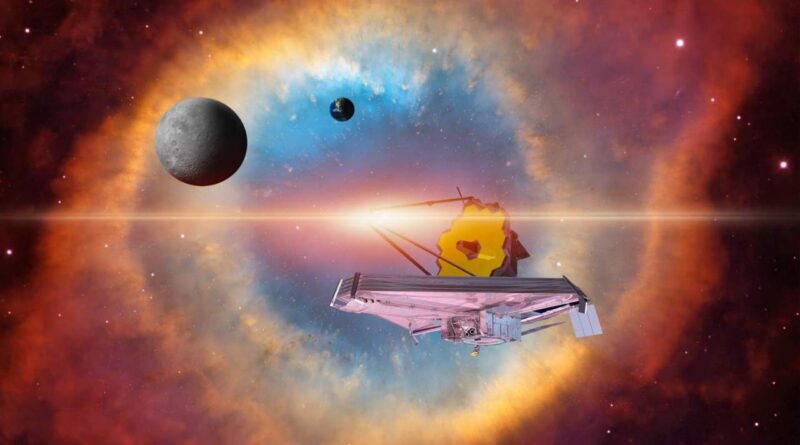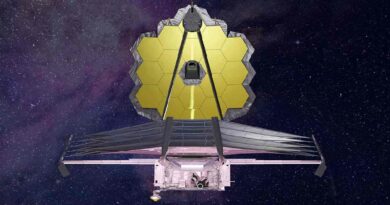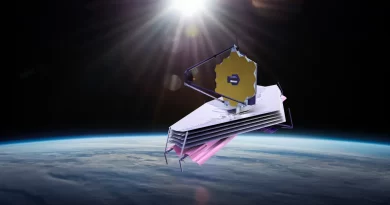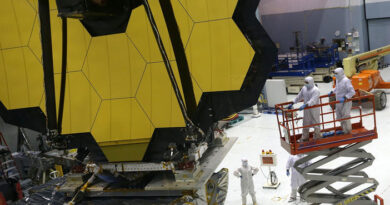Webb’s telescope only just launched, but it’s already surpassing expectations
The James Webb Space Telescope (JWST) has a delayed launch, but it seems all extra work is not in vain. According to NASA, the launch runs well that as a result, the expected age of the telescope has just risen. Thanks to the advantages of fuel, NASA now predicts that JWST can significantly exceed the initial service life.
If it is proven true, the profit may be quite large. Webb’s telescope has a minimum of five-year minimum expectations, but even before this discovery, NASA states that we can expect it to support operations of up to 10 years. With the latest findings, it is possible that the telescope will exceed all expectations and continue to function longer than just a generous initial prediction of 10 years.
The team behind the Webb’s telescope has analyzed his track after the launch on December 25, 2021. Since its launch, the telescope has gone through two central middle correction maneuvers, providing more data about how much Propellant JWST uses operating and reaching the ultimate goal of about 1 million miles away from the earth.
Based on the latest analysis, NASA has learned that telescopes need less fuel than planned at first. The main propellant savings comes from the fact that NASA exaggerates how much fuel is needed to improve the Webb Track. It makes sense, as in a mission that requires precision as much as this one, it’s better to do it wrong on the cautious side.
Webb’s successful launch saved a lot of fuel
NASA then explained in more detail what actually allowed Webb’s telescope to save so much fuel during the launch period and a long-awaited trip. The telescope has a backup of rocket fuel costs used for several important tasks. Rocket fuel is needed for correction courses, insertion to orbit at its destination, maintaining telescope orientation in space, and something that is thickened by NASA as “the station keeps the maneuver.” It refers to adjusting the ORBIT Webb through the use of small peeler burns.
According to NASA, JWST managed to maintain a lot of propellan because of the right launch of Ariane 5 Ariane 5. Two intermediate correction maneuvers that followed the launch of them succeeded. Because the two launches themselves and the course correction exceeded the initial expectations of NASA, the observatory had a lot of remaining fuel for use in the coming years.
What’s next for the James Webb Space Telescope?
NASA offers direct updates about how the Webb telescope is currently being carried out. Still has a long way before reaching his new home somewhere called Lagrange Point (L2) both located about 1 million miles away from Earth.
L2 is on the far side of the earth and offers the gravitational balance needed between our planet and the sun. This is where the Observatory Webb will settle in orbit and then stay there for years to come.




